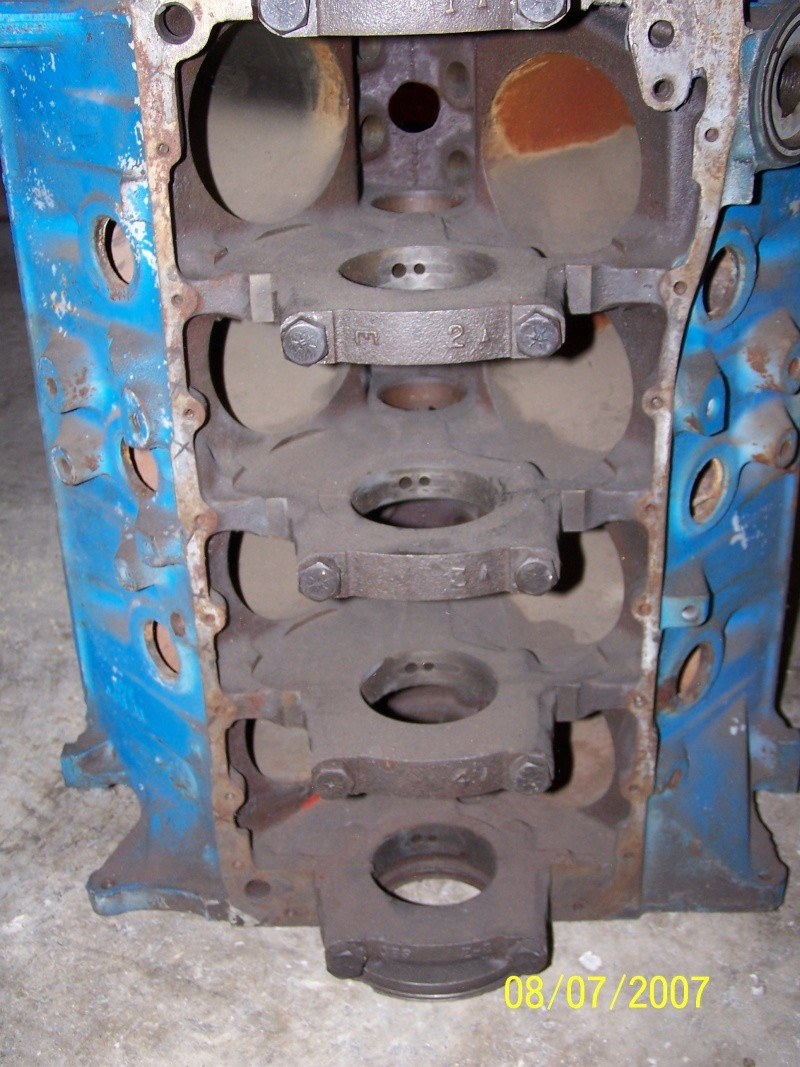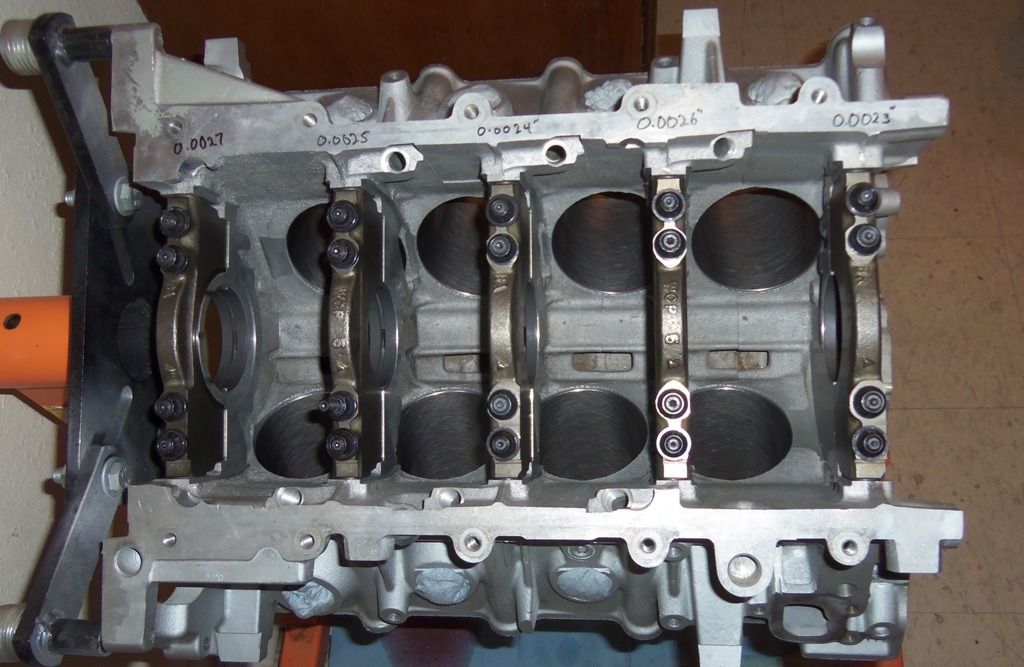Originally Posted By: Garak
My beef in this discussion is that I don't see the benefit. The fuel economy savings wouldn't outweigh the risk in my mind. While the manual allowed for a 5w-20, we also have to remember that recommendation disappeared in subsequent years, then reappeared.
It's probably not going to hurt a thing, but there are other ways to save fuel.
It's my opinion that at this point, the risk is only perceived. We really have no hard data to go on. We do know that rod and main bearing clearances are in the ball park of each other. The 460 coming in at .0015" to .002" on the mains (some sources say .0015" max) and a 4.6 is .00098 to .0017". Not a huge difference. I'm sure the rods on a 460 are looser, but enough to mandate a 30 grade? Bet not.
Originally Posted By: OVERKILL
Originally Posted By: The_Eric
Also, can you tell me what separates a thick 20 from a thin 30? Or what's the difference between a cool 20 and a hot 30? Bet you'd be hard pressed to tell. Ford allowed the use of a 20 grade oil in the wintertime and did not make the distinction of miles driven. They knew the oil would be plenty cool and therefore still provide proper lubrication.
HTHS.
This true, and a good point. I think that with bearing clearances being what they are and a relatively gentle highway cruise with low ambient air temps (and likely low oil temps), the additional HT/HS is not required.
My beef in this discussion is that I don't see the benefit. The fuel economy savings wouldn't outweigh the risk in my mind. While the manual allowed for a 5w-20, we also have to remember that recommendation disappeared in subsequent years, then reappeared.
It's probably not going to hurt a thing, but there are other ways to save fuel.
It's my opinion that at this point, the risk is only perceived. We really have no hard data to go on. We do know that rod and main bearing clearances are in the ball park of each other. The 460 coming in at .0015" to .002" on the mains (some sources say .0015" max) and a 4.6 is .00098 to .0017". Not a huge difference. I'm sure the rods on a 460 are looser, but enough to mandate a 30 grade? Bet not.
Originally Posted By: OVERKILL
Originally Posted By: The_Eric
Also, can you tell me what separates a thick 20 from a thin 30? Or what's the difference between a cool 20 and a hot 30? Bet you'd be hard pressed to tell. Ford allowed the use of a 20 grade oil in the wintertime and did not make the distinction of miles driven. They knew the oil would be plenty cool and therefore still provide proper lubrication.
HTHS.
This true, and a good point. I think that with bearing clearances being what they are and a relatively gentle highway cruise with low ambient air temps (and likely low oil temps), the additional HT/HS is not required.









